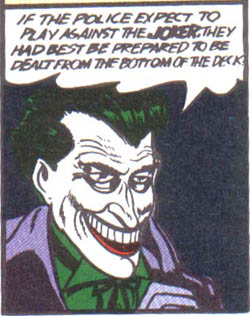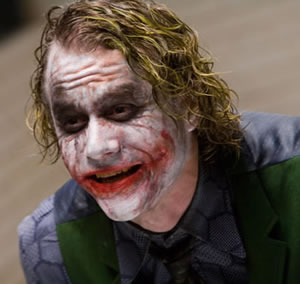Vince– Interesting use of motion. Use of scale was an effective way to quantify the intensity of the workout. Multiple angles of same event was interesting.
Ricky– Esoteric in a good way. Would be effective paired with Time by Pink Floyd in the background.
Laura– Young children. Cute kids are always an effective narrative device.
Kelli– Nice tour of campus. Effective ordering of slides makes it feel as though one is moving from one location to another.
John– A “day in the life of” narrative blended with artificial images to create a sort of fairy tail.
Joe T.– A bit cynical but not necessarily unrealistic. Would go well with Shooting Star by Bad Company in the background.
Joe C.– Might be a bit on the nose, but the song Signs by Emerson, Lake and Palmer would be appropriate background music. There are alot of signs on campus.
Ivan– Architecture of China. Effective contrast of traditional and modern.
Hailey– Abstract concept. Certainly more creative than anything I could come up with. Good quote.
Fred– Truly a life altering experience. Four stars and two thumbs way up.
Chris– Interesting change in tone. Didn’t expect it turn out the way it did.
Chang– Not a problem I can personally relate to, but it gave an effective overview of a common inconvenience.
Brian– Blurry images suggest motion.
Brandon– Paths, roads and trails. Cool concept.
Bobby– Mixture of captured photos and downloaded.
Billy– Looks like fun. (I should know because I was there)
Annie– Looks a nice day. Really clear narrative.
Andrew– Very detailed. Views at different times of day gave new multiple perspectives.
Andrei– Nifty concept. Pairs old and new.
Analise– Great concept. Fun to watch.



